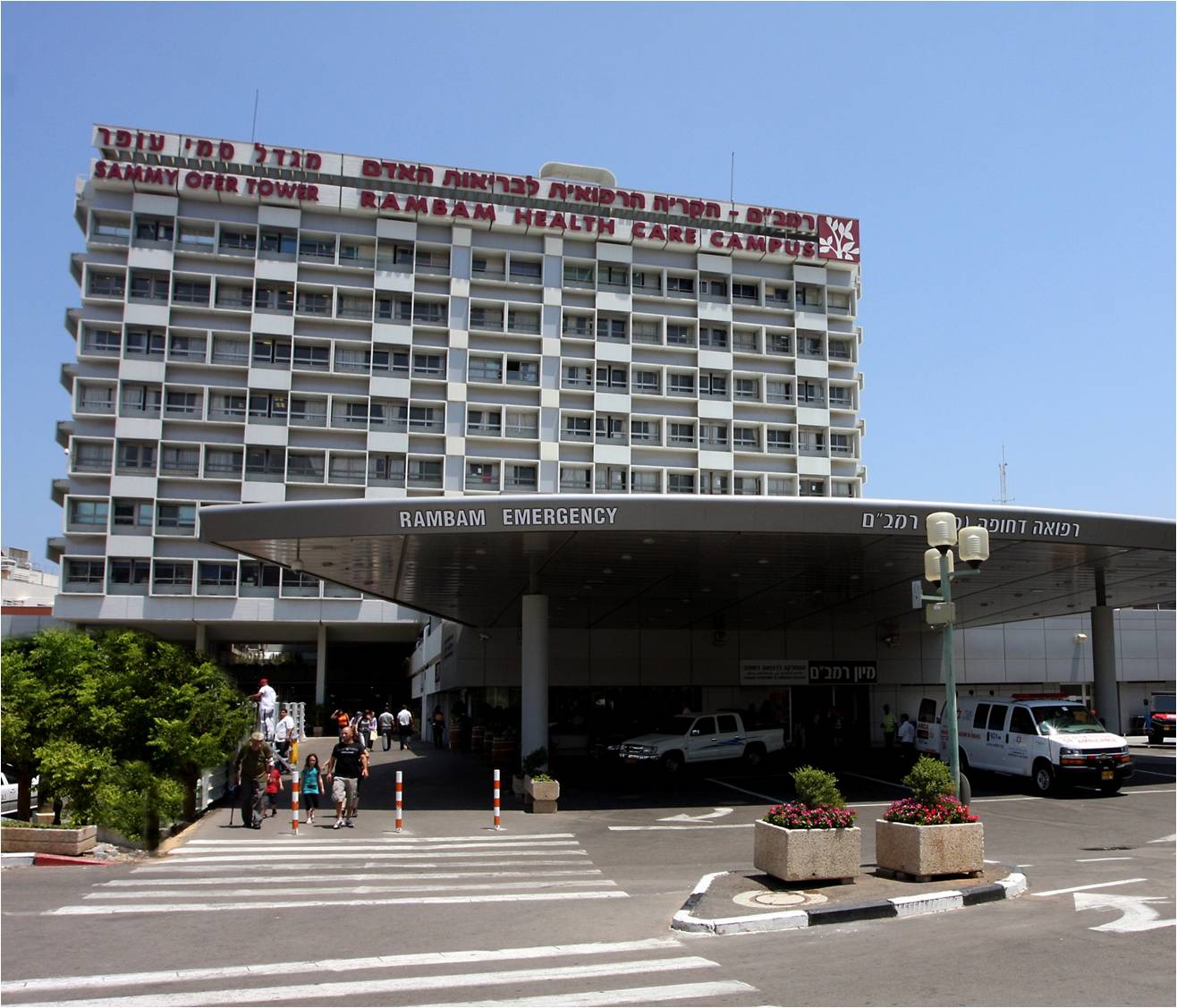Intraperitoneale chemotherapeutische Technik HIPEC – eine moderne, hochwirksame Therapie, die zur Beseitigung von Krebsgeschwülsten im Peritoneum eingesetzt wird. Bei dieser Technik werden erhitzte Chemotherapie-Medikamente in den von der bösartigen Tumorbildung betroffenen Bereich eingebracht. HIPEC trägt zur vollständigen Zerstörung der Krebsstrukturen bei und erhöht das krankheitsfreie Überleben von Patienten, die an onkologischen Erkrankungen leiden.
Was ist eine hypertherme intraperitoneale Chemotherapie?
Bösartige Neubildungen der Bauchfellorgane, die sich im letzten Entwicklungsstadium befinden, dehnen sich auf das Gewebe der Bauchhöhle aus. Die Entfernung des Tumors in diesem Stadium ist durch einen chirurgischen Eingriff möglich, jedoch sind die Ärzte nicht in der Lage, alle Krebszellen während der Manipulation vollständig zu entfernen. Mikroskopische Herde – aus denen sich neue Gebilde entwickeln können – werden auf den Strukturen des Bindegewebes lokalisiert. Dies führt in der Folge zur Bildung neuer Tumore, die von Natur aus noch aggressiver und resistenter gegen Medikamente sind.
Durch die intravenöse Verabreichung von Chemotherapeutika wird das Risiko der Ausbreitung bösartiger Zellen um ein Vielfaches verringert. Allerdings zirkuliert das dabei verwendete Medikament im Blutkreislauf und schädigt nicht nur das geschädigte, sondern auch das gesunde Gewebe. Darüber hinaus können die Ärzte nicht garantieren, dass alle „feindlichen“ Herde beseitigt werden. Denn die Entfernung krebserregender Zellen im Bauchfell ist besonders schwierig.
Die hypertherme intraperitoneale Therapie oder HIPEC-Operation funktioniert ein wenig anders. Um den Tumor und seine möglichen Ausläufer zu entfernen, wird das Bauchfell mit einer speziellen chemischen Lösung gefüllt, die zuvor erwärmt wurde. Die hohen Temperaturen dieser Substanz wirken sich nachteilig auf die pathogenen Zellen aus und helfen dem Medikament, in das Gewebe einzudringen. Die Substanz greift die verbleibenden Zellen an und breitet sich auf die karzinogenen Strukturen anderer Gewebe aus, selbst auf die kleinsten, d. h. diejenigen, die noch nicht zur Bildung eines neuen Tumors geführt haben. Mit dieser Methode können die Ärzte das Bauchfell vollständig von bösartigen „Trägern“ befreien und das Rückfallrisiko deutlich senken. Die Überlebensrate bei der HIPEC-Operation ist ebenfalls höher.
Indikationen für die HIPEC-Technik
Die Hauptindikationen für den Einsatz dieser Therapie sind kanzerogene Formationen im Bauchraum. Darüber hinaus wird die HIPEC in den folgenden klinischen Situationen eingesetzt:
- Intraperitoneale Chemotherapie bei Eierstockkrebs;
- Rektum-, Magen- und Darmkarzinome;
- Abdominale Sarkome und Mesotheliome;
- Krebsgeschwüre, die sich im Blinddarm entwickeln.
Verfahrenstechnik
Vor der CRS-HIPEC-Behandlung untersuchen die Ärzte den Patienten gründlich und machen sich ein allgemeines Bild vom Zustand der anderen Organe, ermitteln mögliche allergische Reaktionen usw. Der Patient muss am Tag vor dem Eingriff ins Krankenhaus eingeliefert werden. Die intraabdominale Chemotherapie umfasst die folgenden Schritte.
- Eine allgemeine Nachuntersuchung unmittelbar vor dem Eingriff – eine Beurteilung der Größe des Tumors durch Spezialisten, die Überprüfung seiner Lokalisation und des Grades seiner Ausbreitung auf andere Strukturen.
- Zytoreduktive Therapie – Beseitigung der visuell angezeigten Formationen durch einen chirurgischen Eingriff.
- Anschließend führen die Chirurgen eine Chemoperfusion durch – die Einführung eines auf 43 Grad Celsius vorgewärmten Chemotherapeutikums in das Bauchfell. Die Gesamtdauer der Wirkung der Substanz auf die Krebszellen beträgt etwa 1,5 Stunden.
- Die Operation ist abgeschlossen – der Arzt entfernt die Lösung und vernäht die bei der Manipulation entstandene Wunde.Total duration of cytoreductive surgery HIPEC therapy – about 6-8 hours. The patient must remain in the hospital for up to ten days so that doctors can monitor his condition and control the overall clinical picture.
Vorteile des HIPEC-Verfahrens als Therapie für Peritonealkarzinome
- Die Technik ist gut verträglich. Das Zytostatikum wird ausschließlich in den vom Tumor geschädigten Bereich injiziert, so dass es andere Organe nicht beeinträchtigt bzw. nicht schädigt.
- Komplexe Wirkung. Das Medikament wird in das Bauchfell gespritzt und verteilt sich gleichmäßig, so dass alle Strukturen der Bauchwände betroffen sind. Auf diese Weise werden auch Bereiche des bösartigen Tumors, die optisch nicht sichtbar sind, oder Strukturen, die sich über den Tumor hinaus ausgebreitet haben, zerstört.
- Hohe Effizienz. Vor der Injektion des Mittels in das Bauchfell erwärmen die Spezialisten das Mittel, was zu einer erheblichen Steigerung der Effizienz der Operation beiträgt. Die Substanz dringt tiefer in das Gewebe ein und wirkt aggressiver auf krebserregende Zellen.
Die Rezidivrate ist bei der HIPEC-Chemotherapie 3-4 mal niedriger als bei der herkömmlichen Chemotherapie.










